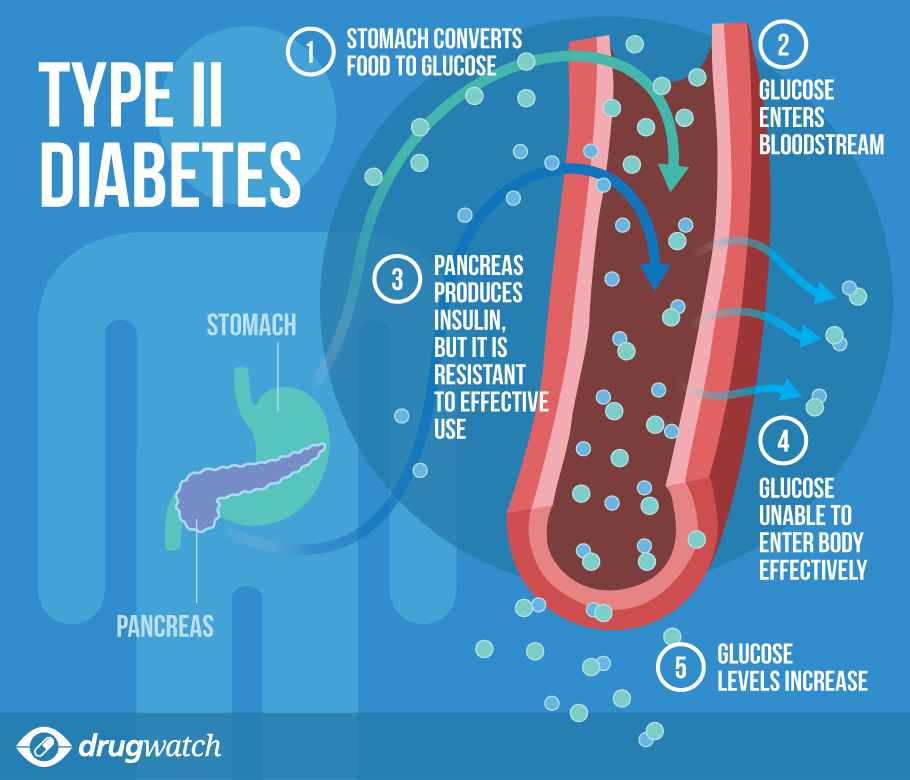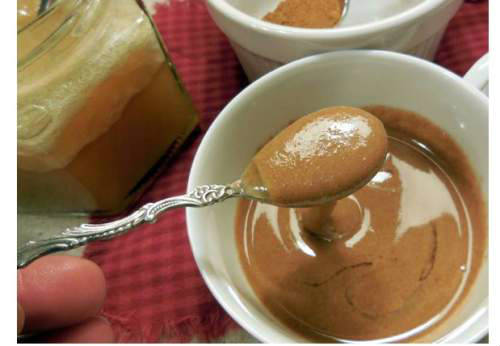
Diabetes treatment can include many elements, including traditional medications, alternative medicine, and natural remedies.
Alternative therapies encompass a variety of disciplines that include everything from diet and exercise to mental conditioning and lifestyle changes. Examples of alternative treatments include acupuncture, guided imagery, chiropractic treatments, yoga, hypnosis, biofeedback,aromatherapy, relaxation exercises, herbal remedies, massage, and many others.
The National Center for Complementary and Alternative Medicine, part of the National Institutes of Health, defines complementary and alternative medicine as a “group of diverse medical and health caresystems, practices, and products that are not presently considered to be part of conventional medicine.” Complementary medicine is used with conventional treatments, whereas alternative medicine is used instead of conventional medicine.
Some people with diabetes use complementary or alternative therapies to treat diabetes. Although some of these therapies may be effective, others can be ineffective or even harmful. Patients who use complementary and alternative medicine need to let their health careproviders know what they are doing.
What Alternative Treatments Are Used As Diabetes Treatment?
Acupuncture is a procedure in which a practitioner inserts very thin needles into designated points on the skin. Some scientists say that acupuncture triggers the release of the body’s natural painkillers. Acupuncture has been shown to offer relief from chronic pain. Acupuncture is sometimes used by people with neuropathy, the painful nerve damage of diabetes.
Biofeedback
Biofeedback is a technique that helps a person become more aware of and learn to deal with the body’s response to pain. This alternative therapy emphasizes relaxation and stress-reduction techniques.
Guided imagery
is a relaxation technique that some professionals who use biofeedback also practice. With guided imagery, a person thinks of peaceful mental images, such as ocean waves. A person may also include the images of controlling or curing a chronic disease, such as diabetes. People using this technique say these positive images can ease their condition.
What Natural Dietary Supplements Are Used for Diabetes Treatment?
Chromium

The benefit of added chromium for diabetes has been studied and debated for several years. Several studies report that chromium supplements may improve diabetes control. Chromium is needed to make glucose tolerance factor, which helps insulin improve its action. Because of insufficient information on the use of chromium to treat diabetes, no recommendations for supplementation exist.
Several types of plants are referred to as ginseng, but most studies of ginseng and diabetes have used American ginseng. Those studies have shown some sugar-lowering effects in fasting and after-meal blood sugar levels as well as in A1c levels (average blood sugar levels over a three-month period). However, larger and more long-term studies are needed before general recommendations for use of ginseng can be made. Researchers also have determined that the amount of sugar-lowering compound in ginseng plants varies widely.
Although the relationship between magnesium and diabetes has been studied for decades, it is not yet fully understood. Studies show that a deficiency in magnesium may worsen blood sugar control in type 2 diabetes. Scientists say that a deficiency of magnesium interrupts insulin secretion in the pancreas and increases insulin resistance in the body’s
tissues. Evidence suggests that a deficiency of magnesium may contribute to certain diabetes complications. A recent analysis showed that people with higher dietary intakes of magnesium (through consumption of whole grains, nuts, and green leafy vegetables) had a decreased risk of type 2 diabetes.
Vanadium
tissues. Evidence suggests that a deficiency of magnesium may contribute to certain diabetes complications. A recent analysis showed that people with higher dietary intakes of magnesium (through consumption of whole grains, nuts, and green leafy vegetables) had a decreased risk of type 2 diabetes.
Vanadium
 Vanadium is a compound found in tiny amounts in plants and animals. Early studies showed that vanadium normalized blood sugar levels in animals with type 1 and type 2 diabetes. A recent study found that when people with diabetes were given vanadium, they developed a modest increase in insulin sensitivity and were able to decrease their insulin requirements. Currently researchers want to understand how vanadium works in the body, discover potential side effects, and establish safe dosages.
Vanadium is a compound found in tiny amounts in plants and animals. Early studies showed that vanadium normalized blood sugar levels in animals with type 1 and type 2 diabetes. A recent study found that when people with diabetes were given vanadium, they developed a modest increase in insulin sensitivity and were able to decrease their insulin requirements. Currently researchers want to understand how vanadium works in the body, discover potential side effects, and establish safe dosages.Coenzyme Q10
Coenzyme Q10, often referred to as CoQ10 (other names include ubiquinone and ubiquinol) is a vitamin-like substance. CoQ10 helps cells make energy and acts as an antioxidant. Meats and seafood contain small amounts of CoQ10. Supplements are marketed as tablets and capsules. The evidence is not sufficient to evaluate CoQ10’s effectiveness as a complementary or alternative therapy for diabetes. CoQ10 has not been shown to affect blood sugar control.
What Plant Foods Are Used for Diabetes Treatment?
The following plant foods are sometimes used for diabetes treatment, particularly for those with type 2 diabetes.
- Brewer’s yeast
- Buckwheat
- Broccoli and other related greens
- Cinnamon
- Cloves
- Coffee
- Okra
- Peas
- Fenugreek seeds
- Sage
Most plant foods are rich in fiber, vitamins, and minerals, which are important to good health in people with diabetes. Some revealing new studies show that certain plant foods — cinnamon, cloves, and coffee — may actually aid in fighting inflammation and help insulin, the hormone that helps controls blood sugar. Studies have shown that cinnamon extracts can improve sugar metabolism, triggering insulin release, which also affects cholesterol metabolism. Clove oil extracts (eugenol) have been found to improve the function of insulin and to lower glucose, total cholesterol, LDL, and triglycerides. Recent findings indicate that an unknown compound in coffee (not caffeine) may enhance insulin sensitivity and reduce the risk of developing type 2 diabetes.
Still, the scientific evidence thus far does not support the role of garlic, ginger, ginseng, hawthorn, or nettle in benefiting blood sugar control in people with diabetes. If you have diabetes and are considering taking any of these herbal substances for diabetes treatment, be sure you talk to your doctor before you take them.
What Weight Control Substances Are Used for Diabetes Treatment?
The following plant foods are sometimes used for diabetes treatment, particularly for those with type 2 diabetes.
Since weight and diabetes are linked, many people with diabetes turn to natural alternative therapies for diabetes treatment, particularly those that claim to help with weight loss, including:
- Chitosan
- Garcinia cambogia (hydroxycitric acid)
- Chromium
- Pyruvate
- Germander
- Momordica charantia (Chinese bitter melon)
- Sauropus androgynus (sweet leaf bush)
- Aristolochic acid
In addition, transdermal (skin patch) systems as well as oral sprays have been developed to purportedly reduce appetite and facilitate weight loss. One patch system uses homeopathic amounts of 29 different compounds to reduce appetite. What is the bottom line? There’s not one published study available on its efficacy.
Reference and sources:
*Bax J, et al. (2007). Screening for coronary artery disease in patients with diabetes. Diabetes Care, 30(10): 2729-2736. Also available online: http://care.diabetesjournals.org/content/30/10/2729.full?sid=7fd5fe8d-71f5-49c8-8e5e-98669526543e.
*Brownlee M, et al. (2011). Complications of diabetes mellitus. In S Melmed et al., eds., Williams Textbook of Endocrinology, 12th ed., pp. 1462-1551. Philadelphia: Saunders.
__________________________________________________
Read More :
.












No comments:
Post a Comment